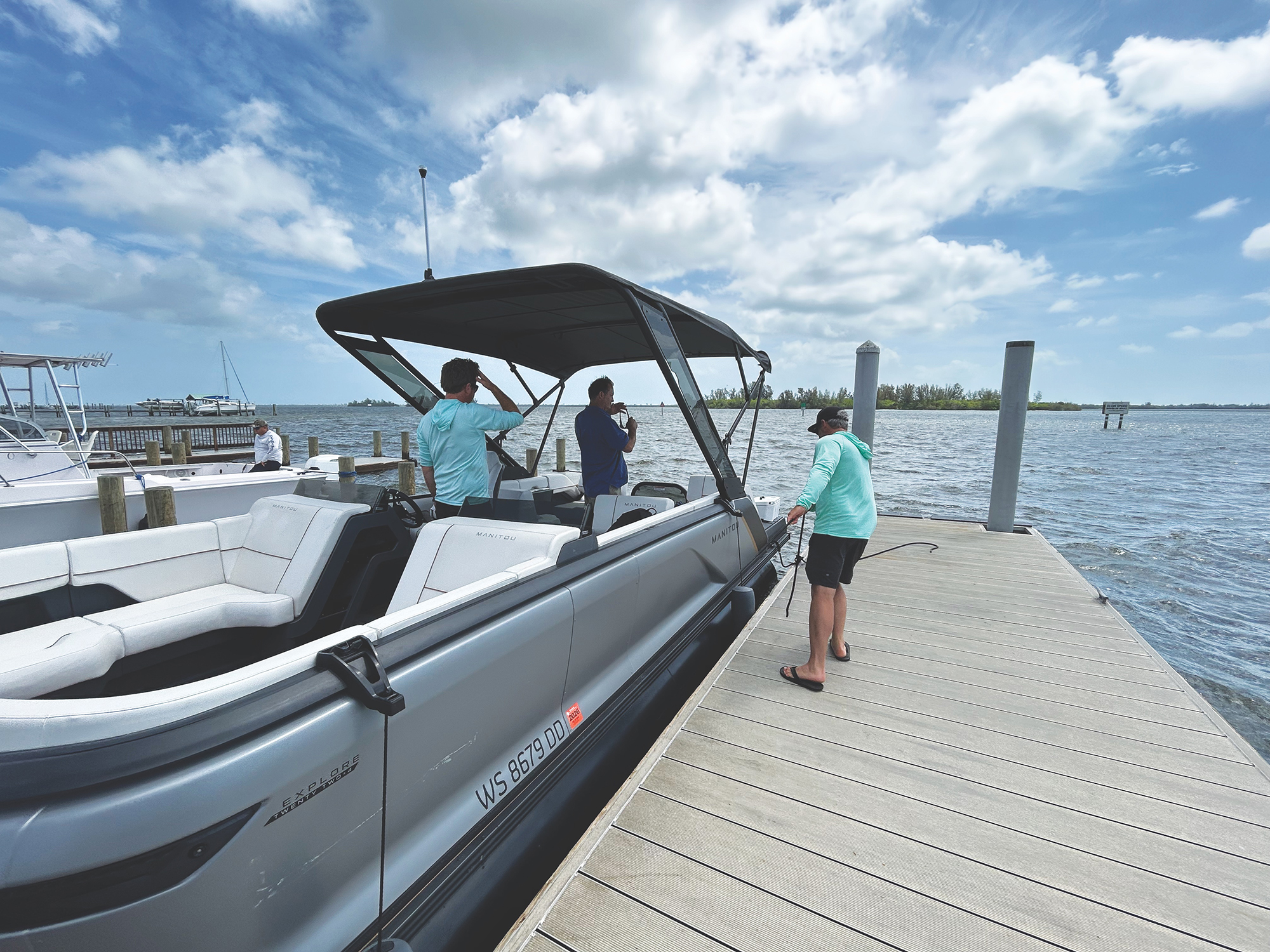Prepare your boat for a new boating season.
By Mark King
It’s always exciting to see your boat splash into the water for the first time of the season. You can finally climb on board, turn the key and take off for a day with friends or family.
But before you head out for your first cruise, late spring has its own unique perils for the unwary. The water is still cold, the weather is unpredictable, and cruising conditions may not be the best. But with a little preparation, knowledge and common sense, your first cruise of the year can be one of your most memorable.
Proper planning begins the day you start loading your safety and other boat gear aboard your vessel. Since there is a tendency to do this quickly (so we can get out on the water faster) be sure all safety gear is in place and in proper working condition. Emergency signals and rescue devices must be on board, up-to-date and easily accessible. Also ensure your PFDs still fit everyone on board and meet current CCG standards. It not only makes sense, it’s the law.
Another good idea is to practice emergency procedures with family members or guests. Explain where safety gear is found on board and be clear on how to use them.
This is time of year when small unexpected mechanical problems may arise. Hoses which were weak last fall may not work at all or pumps that were operating fine on your last cruise may suddenly quit. Impellers also often choose spring to shred. If you have any doubt with engine repair, take your vessel in for service at your local marina.
Prior to casting your lines, file a float plan with a fellow boater or local marina to inform someone of where you are going and the time of your return. This is the time of year when floating aids to navigation are sometimes pushed out of position. If you lose your way, especially on a larger body of water, rescuers have a good starting point to begin a search.
While you are enjoying the excitement of the sport, always be cautious and alert when driving your vessel. It’s not that uncommon to see heavy logs or other damaging debris floating just below the surface.
One other common problem boaters face this time of year is water temperature. In open lakes and rivers, launch season commences as soon as the ice leaves the docks. But just because the ice has thawed, it doesn’t mean the water is warm. In fact, until late May, and even-well into June, hypothermia is still a real concern. If a life jacket blows overboard the usual plan is to dive into the water and retrieve it. When you do this in early May, you may not get back to the boat.
Similarly, if you have mechanical problems that require work in the water, you would be much safer getting a tow back to the marina. If you breakdown in unfamiliar water, make sure you know what is on the bottom before you anchor or jump overboard. It’s a terrible surprise when you jump into eight to ten feet of water only to realize the bottom is rocky and strewn with boulders. Remember, the bottom composition changes rapidly among many of Canada’s waterways.
Spring boating is among the most refreshing and rejuvenating experiences after a cold Canadian winter. If you take time and prepare for your first outing this season, it can only lead to a more enjoyable summer.
Keyword : Boating, boating tips, How to Prepare your boat for a new boating season., mechanical boat problems, Prepare your boat for a new boating season., problem boaters face, Tips Boating, boating tips, How to Prepare your boat for a new boating season., mechanical boat problems, Prepare your boat for a new boating season., problem boaters face, Tips
